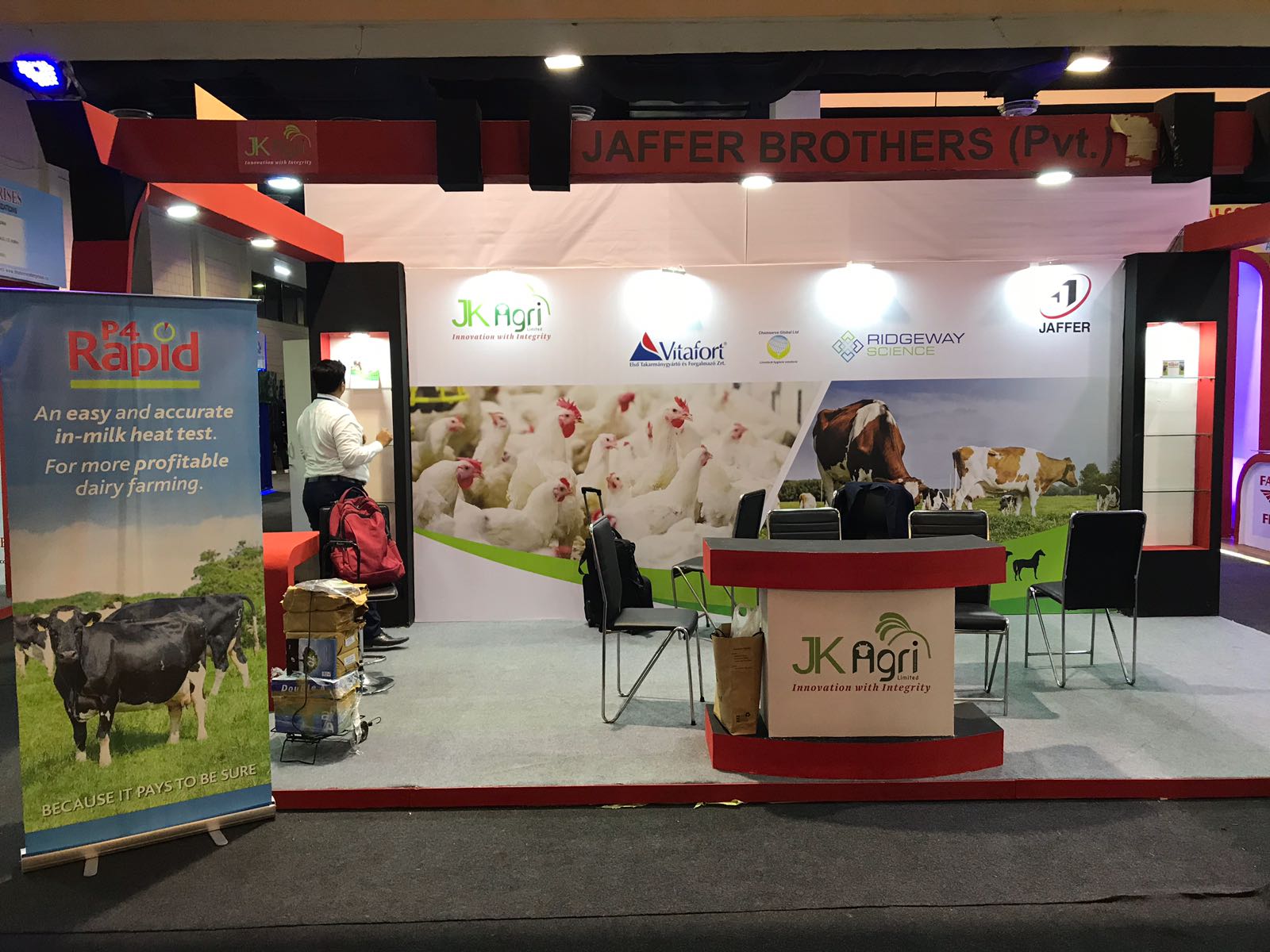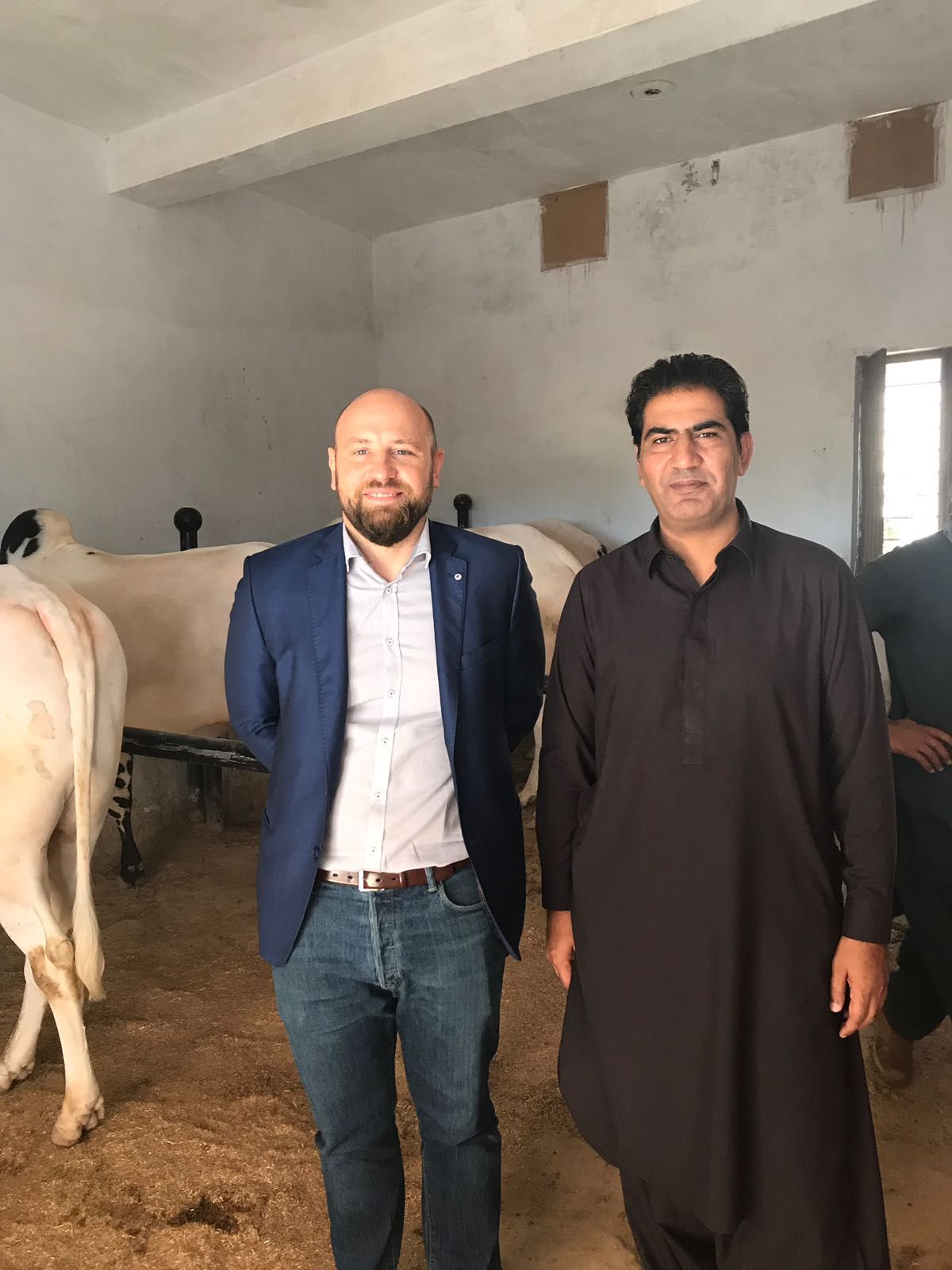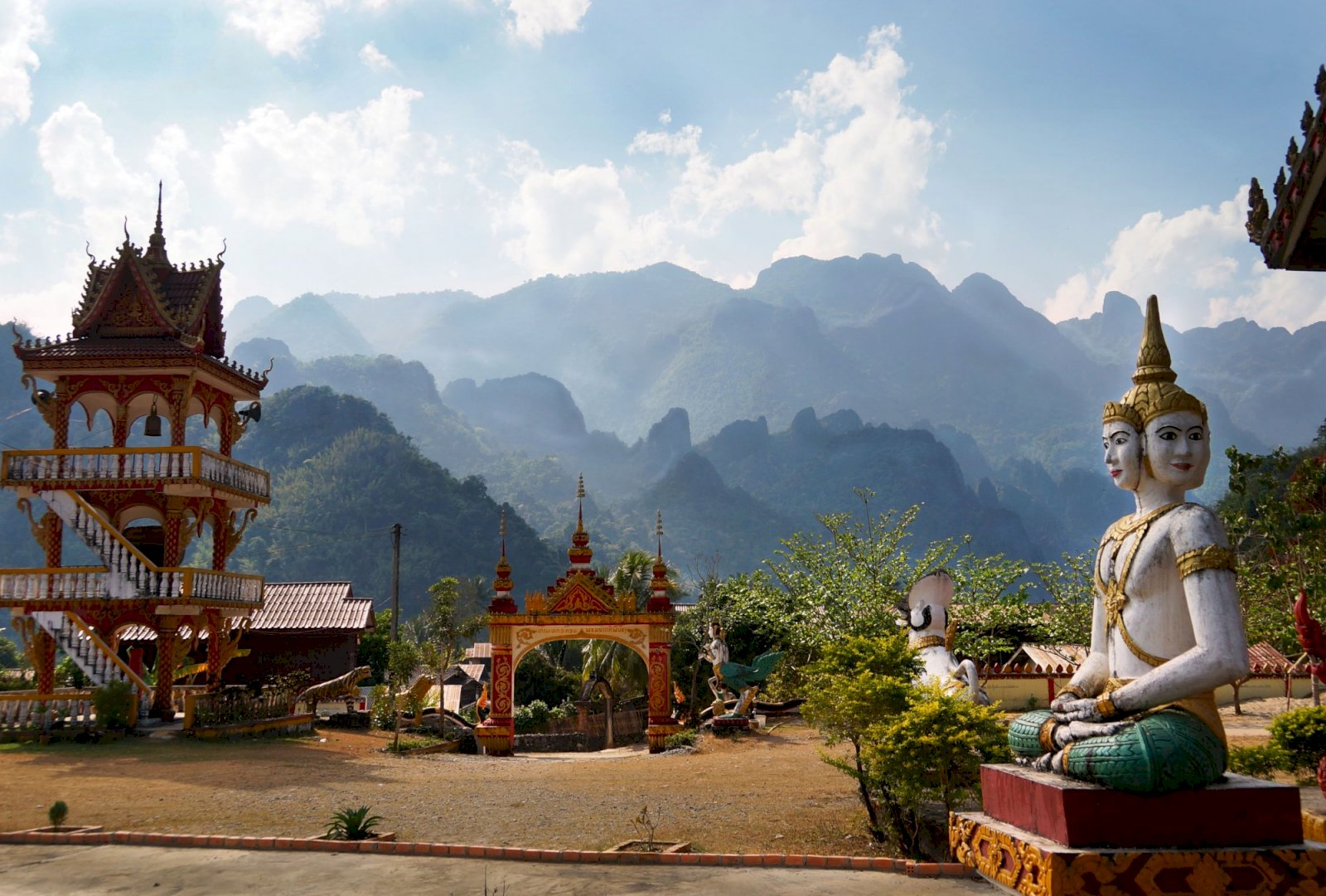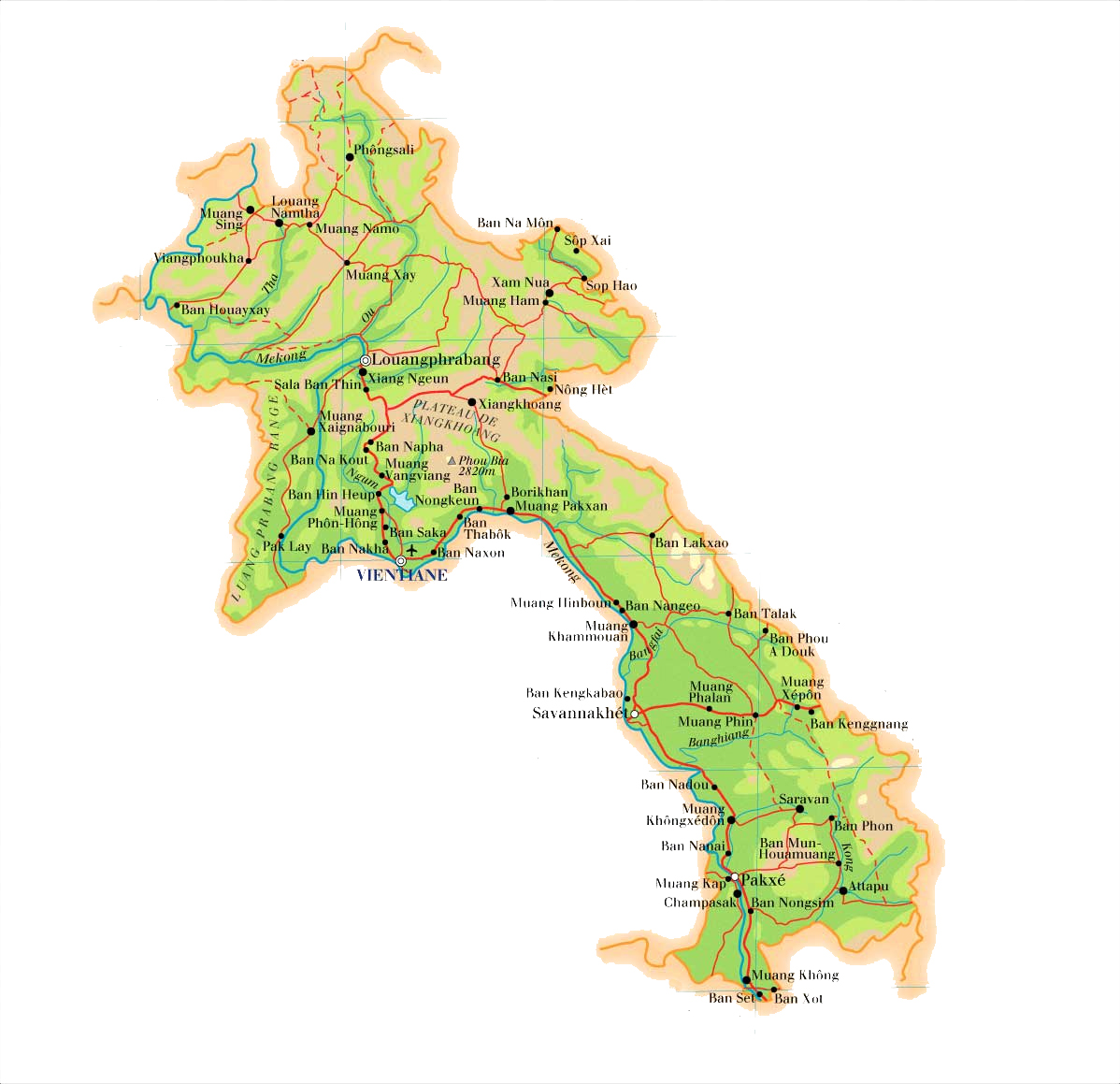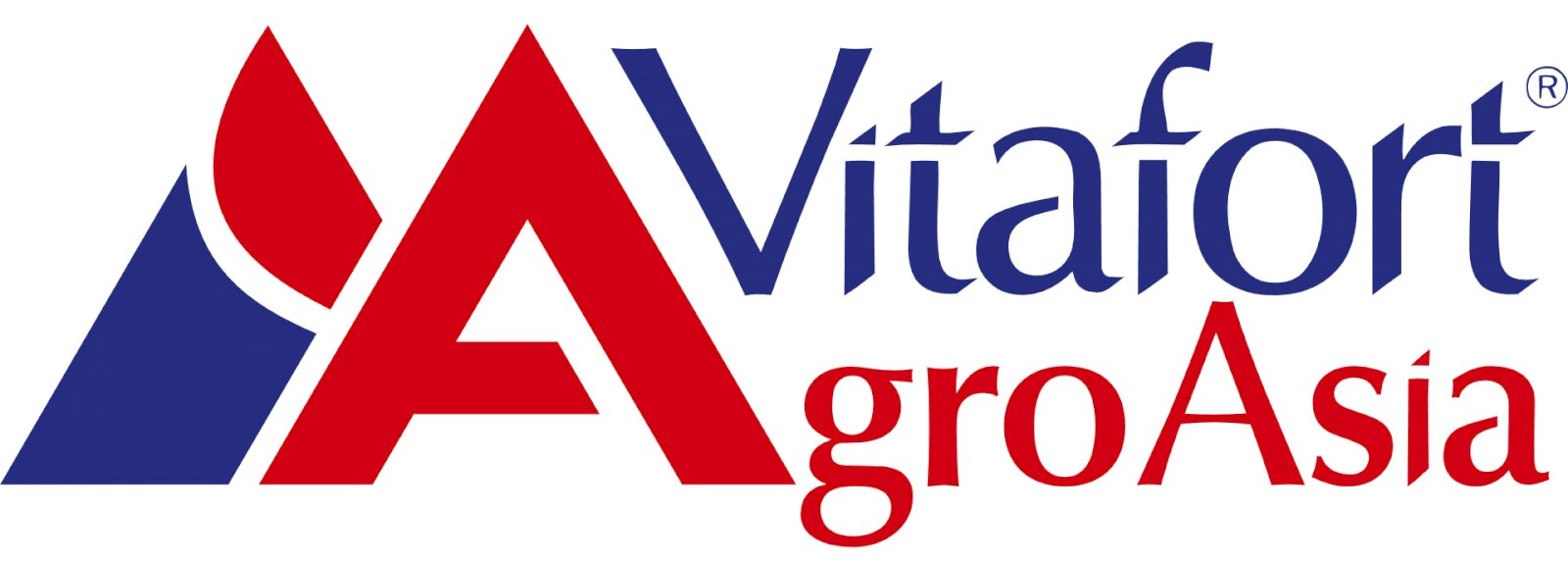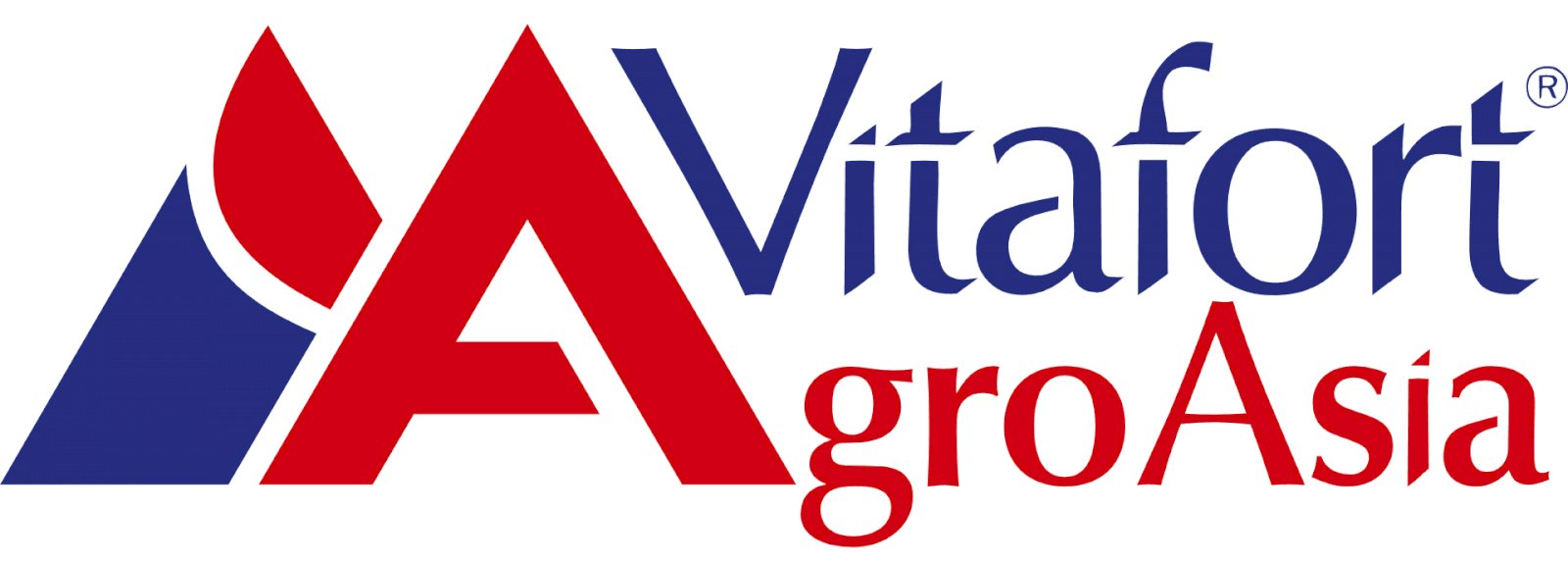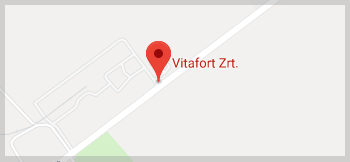Dr. László Váradi
CEO
Activities > Export > Asie, Middle East
LAO PEOPLE's DEMOCRATIC REPUBLIC
2007- 2016
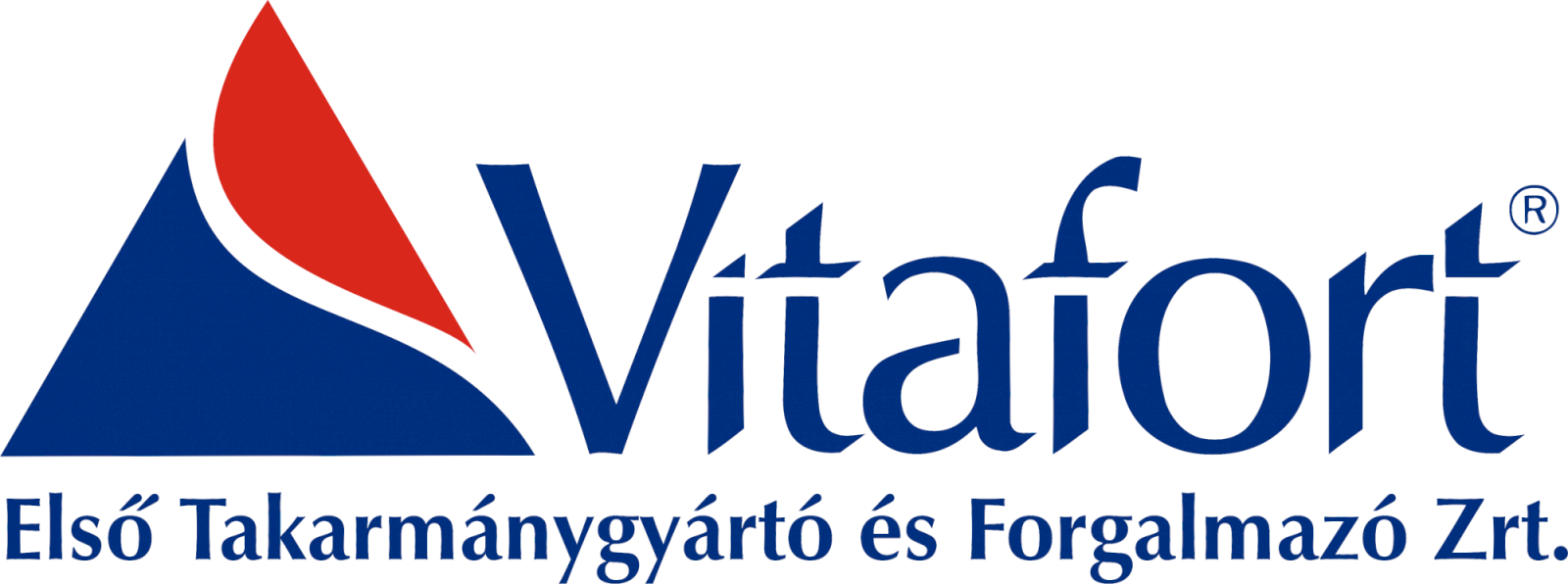
Since 2007 Vitafort Zrt. has been strengthening its relations in South-East Asia.
One of the elements of Hungary’s “Eastern Opening” policy is the establishment of closer economic relations with developing countries where there are strong ties to Hungary, mainly through professionals who graduated here. Laos is such a country, which has been offered a $ 30 million tied aid loan and a $ 30 million export development loan by the Hungarian Government to improve the quality of food supply and to increase its safety.
Our presence in South-East Asia was based on a tied-aid loan programme offered to Laos by the Hungarian Government which was successfully implemented by Vitafort Zrt. Hungary’s government offered a $ 8.6 million tied aid loan to Laos for the development of livestock farming and the fisheries sector. The programme will contribute to the development of pig, poultry and fish breeding materials, the improvement of the feed supply, the building of three feed mix plants and the reconstruction of several facilities for rearing pigs, poultry and fish.
2016 –
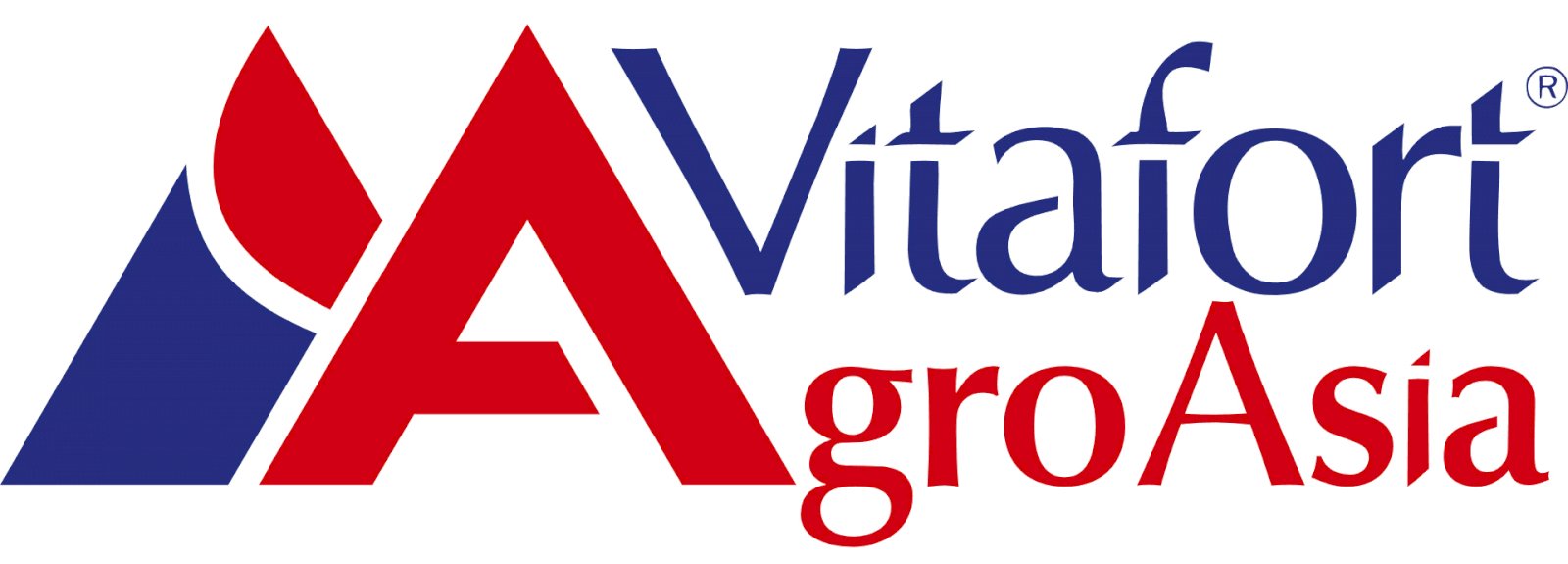
The world-class technologies and innovation, which requires openness, extensive cooperation with domestic and international partners, has a significant role in the activities of Vitafort Zrt, the market leader in the supply of domestic animal feed located in Dabas. The international relations of Vitafort Zrt. in addition to the development of product and production, Eastern European export activity has included increasing South-East Asian relations since 2007. The presence in the South-East Asia was based on a tied-aid loan program offered to Laos by the Hungarian Government which was carried out by Vitafort Zrt. One part of Hungary’s ‘Eastern opening’ policy is the development of economic relations among developing countries where there are strong links to Hungary mainly by professionals who had graduated in our country. Laos is such a country, which has been offered a $ 30 million tied aid loan and a $ 30 million export development loan by the Hungarian Government to improve the quality of food supply and to increase the food safety and security.
The Lao program starting in 2016, is a so complex economic development program that its management performed by – expediently and in a transparent manner- in close cooperation with Vitafort Zrt, but structurally a separate economic entity. This is how Vitafort Agro Asia Zrt. established, which was registered by Registry Court of Budapest Environs Regional Court on 13 January 2016, company registration number is 13-10-041558. The shareholder of the private limited company is Vitafort Agro Asia Zrt, the management is performed by four-person Board of Directors. The headquarters is in Dabas, where the management has the following composition: Chief Executive Officer, Director of Finance, Project Manager, Technical Director, Office Manager, Accountant, and Agricultural Consultant. The company’s main task is to manage the tied aid credit program starting in 2016, and to coordinate the activities of the experts participating in implementation, as well as the activities of small and medium-sized enterprises. The additional task is to help launch agro-business programs which can be carried out by using export development loan offered to Laos. In the implementation of the tied aid loan program Vitafort Agro Asia Zrt. performs its activities as laid down in the Framework and Credit Agreement, signed by the Hungarian and Lao Party, and in the Commercial Contract. Vitafort Agro Asia Zrt is the „Supplier” of the tied aid loan program and signed the Commercial Contract with the Ministry of Agriculture and Forestry that is the „Customer” of the program.”
The Vitafort Agro Asia Ltd. in parallel with carrying out Laos tied aid credit program, or in connection with it, it performs an exploratory work which might result in launch of the new economic co-operation programs in the future in the developing countries of the Southeast Asian region. These are such possibilities of realizable cooperation programs primarily in the development of the food industry in Indonesia, Cambodia, China, Myanmar and Vietnam.
CONTACT
COUNTRY INFO
Lao People’s Democratic Republic is a landlinked country bordering Myanmar, Cambodia, China, Thailand, and Vietnam. Despite being landlocked, Lao PDR has the highest per capita water supply in Asia. About 6.5 million people live in its 18 provinces, with most people – 63 percent – still living in rural areas. However, urbanization is occurring at a rate of 4.9 percent each year. The country is largely mountainous, with the most fertile land found along the Mekong plains. The river flows from north to south, forming the border with Thailand for more than 60 percent of its length.
Despite still being a least developed country (LDC), Lao PDR has made significant progress in poverty alleviation over the past 2 decades with poverty rates declining from 46% in 1992 to 23% in 2015. The country is on course to achieve the Millennium Development Goal target of halving poverty by the end of 2015, however the challenge now is to ensure that all Lao people benefit in the country’s development.
Laos foreign policy is characterized by the pursuit of balanced relations with influential operators in the region. The accession to the ASEAN in 1997 was a milestone in the country’s external relations and in 2016 it will hold the incoming Presidency of the Southeast Asian regional organization again.
PAKISTAN
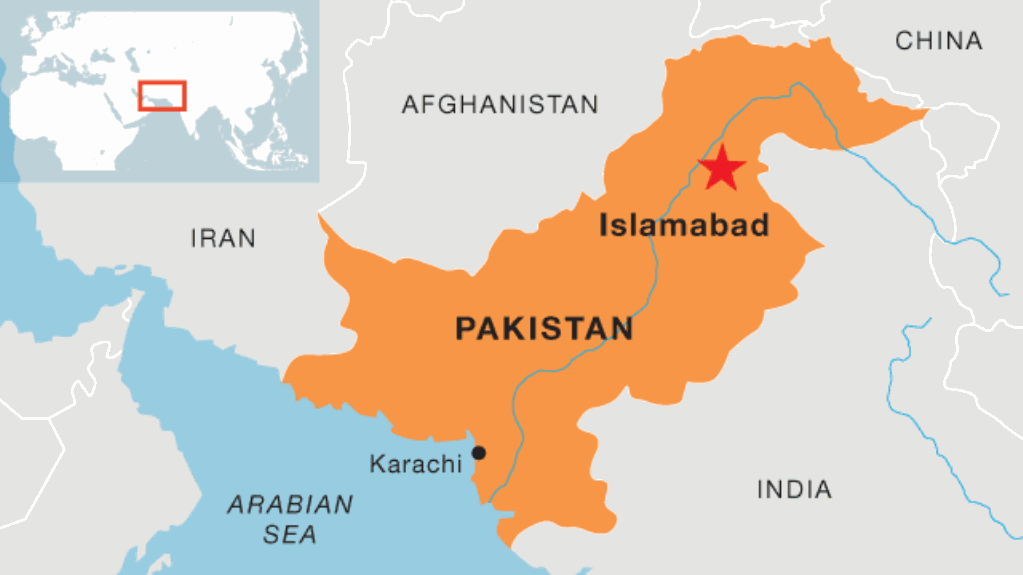
COUNTRY INFO
The Islamic Republic of Pakistan is a sovereign country in South Asia, covering an area of 796,095 km2. Pakistan shares a total of 6,774 km of land borders with Afghanistan, China, India and Iran, and has a 1,046-kilometre coastline along the Arabian Sea and the Gulf of Oman in the south.
With a population exceeding 180 million people, Pakistan is the sixth most populous country in the world. Most of the population (113 million) lives in rural areas. The most populous city is Karachi (11 million people), followed by Lahore (6.7 million) and Faisalabad (2.6 million). With a population of 1.1 million, Islamabad ranks as the ninth largest city in the country. About 97 percent of Pakistanis are Muslim. Official languages are Urdu and English.
YEAR 2018
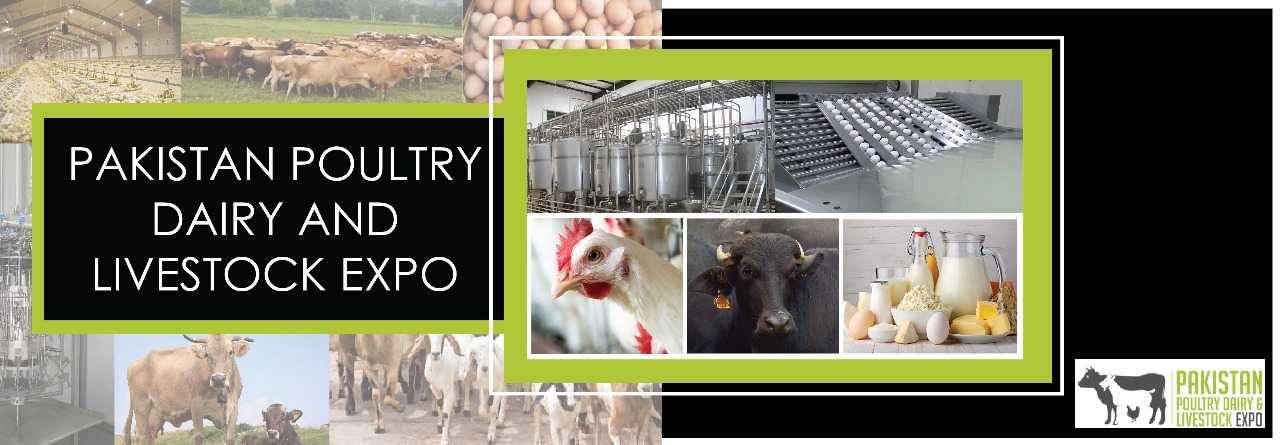
In July 2018 a large exhibition was held in Karachi, the capital of Pakistan.
The aim of the Pakistan Poultry Dairy & Livestock Expo is to provide information to key stakeholders from the industry about the favourable economic conditions which can make cooperation easier. During the two-day event, small and medium-sized enterprises, producing internationally competitive products and services with high added value, were given the opportunity to introduce themselves with the aim of expanding their export activities.
